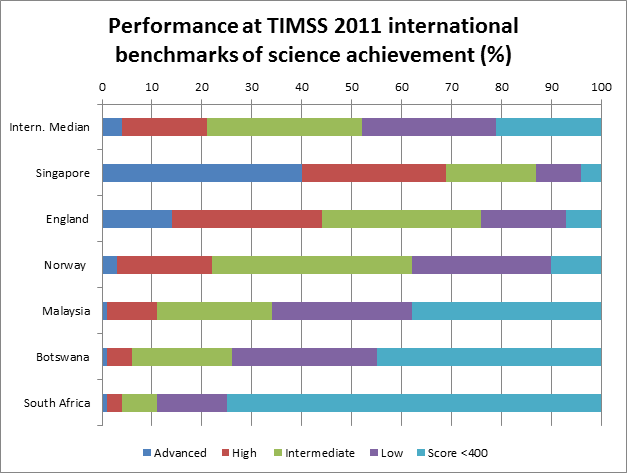Wisdom from the East: The Rise of Asian After-School Learning Programmes in South Africa
Every weekday afternoon in hundreds of education centres across South Africa, children of different ages quietly go through the paces of supplementary education programmes. Although many of these facilities focus on mathematics and English, their objectives vary greatly. Some are designed to help children to keep abreast with the existing curriculum. Others encourage children to work at their own pace, based on material that goes far beyond the curriculum requirements. And virtually all of these programmes claim to nurture confidence, independence and concentration among learners. There’s another trend worth noting. It would seem that a number of the most popular choices have their origins in Asian education systems. Take Kumon, for example. Designed by a mathematics teacher in Japan in the 1950s, Kumon is now available in over 48 countries and covers both mathematics and English. There are currently over 250 Kumon centres in South Africa, across all 9 provinces. There is also increasing interest in the Singapore mathematics programme among South African parents and educators. It is based on a system adopted in Singapore in the early 1980s. Rather than emphasising memorisation and repetition, it encourages the mastery of mathematical foundations through creative problem solving.
As you are reading this, my hunch is that you are experiencing one of two very different reactions. Perhaps you have stopped reading this blog entry while you quickly ask Google to find the closest Kumon centre to you? Or maybe you’re wondering if a Singapore mathematics kit can pass for a Christmas present? If you’re a budding entrepreneur, you might be wondering whether opening a Kumon centre might be a good business opportunity.
And then there are those of you who cannot begin to imagine paying for extra lessons when schools and teachers are trained and paid to prepare young people for a world outside of school. You might have tried one of these programmes and found that your child didn’t take well to the daily homework routines. Besides, you reason, you never had Kumon lessons and you turned out OK! If you are an educator, you might think that these techniques are completely inappropriate for our children and our context.
And yet, after-school education is on the increase. So why is it that more and more South African parents, are turning to education solutions that originate far beyond our borders? The answer, in many ways, is obvious. Asian countries are among the best performers in international assessments. Singapore has consistently topped the rankings, and has been described as the country with the smartest secondary school learners in the world. The case of Singapore is especially interesting because we often forget that it wasn’t always this way. In fact, when Singapore gained its independence from Britain, it was far from a global powerhouse. Its remarkable progress is due, at least in part, to the transformation of its education system. (For a slightly different take on the relationship between education and development in Asia, have a look at “How Asia Works” by Joe Studwell).
If we consider the 2011 TIMSS science results (shown below), nearly 70% of learners from Singapore were performing at either the advanced or high levels (the two top categories) compared to less than 10% of their South African peers. Now I’ll be the first to point out that this comparison might seem inappropriate and extreme given the vast differences in the quality of teaching and learning in the two countries; not to mention differences in how much families can invest in education. But rightly or wrongly, we make these comparisons and question what this means for our children’s future. The rise of Asian-styled education programmes in South Africa is driven by a desire to keep up with global standards in an increasingly connected world.
Source: Reddy, V. R., Zuze, T. L., Visser, M., Winnar, L., Juan, A., Prinsloo, C. H., Rogers, S. (2015). Beyond Benchmarks. What do twenty years of TIMSS data tell us about South African education? Pretoria: HSRC Press.
Whether or not individuals or schools look to the East for educational solutions is a personal matter, and I am sure that much thought and reflection goes into these decisions. I’m also convinced that some of these methods make a difference when applied in the correct way. But even if every South African student were equipped with Singapore mathematics kit or enrolled in a Kumon programme, I somehow doubt that this would lead to an education revolution. The reason is that without exception, the high standards of education that have been achieved in Asia have been reliant on a few basic factors: high standards of teaching, sustained support from communities and national agreement that educational success and national success go hand in hand. There is something else that we might benefit from imitating, and that is a relentless faith that these parents and decision makers have in the capabilities of their children, which leads to setting high expectations for all children, regardless of their background. No doubt, these are tough pledges to make and to maintain, but they are certainly not beyond reach. And who knows. Maybe one day education centres around the world will be using South African mathematics methods to resolve their educational dilemmas.
* Dr Linda Zuze is a Senior Research Specialist at the HSRC.

